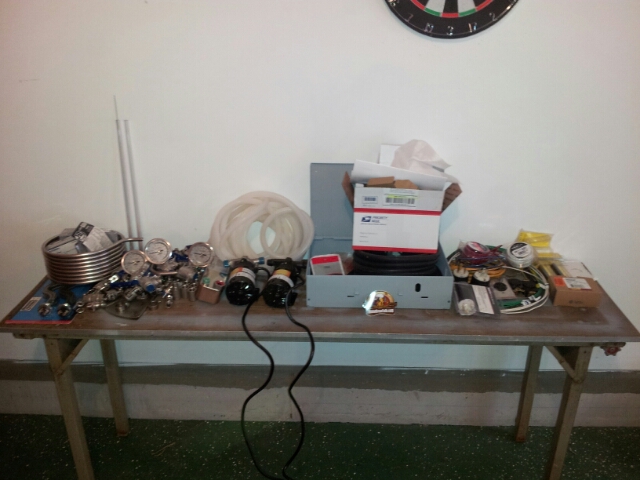P-J,
Would you be able to update my diagram with a timer added in? I was looking at the JSL-71 from auber.
http://www.auberins.com/index.php?main_page=product_info&products_id=290
I think it'd be convenient to have it included in the CP.
Also, I've been looking at TiberBrew's build and wondering if I should be using a contactor for the elements.... Thoughts?
Thanks for your help.
Ok.. I completed the diagram for you that includes the JSL-71 timer. It is also set up using contactors. The contactors make it much easier to control the system using regular switches instead of speciality high current switches.
As always click on the image to see (and save) a full scale diagram printable on Tabloid paper (11" x 17")

I hope this help you.
P-J



